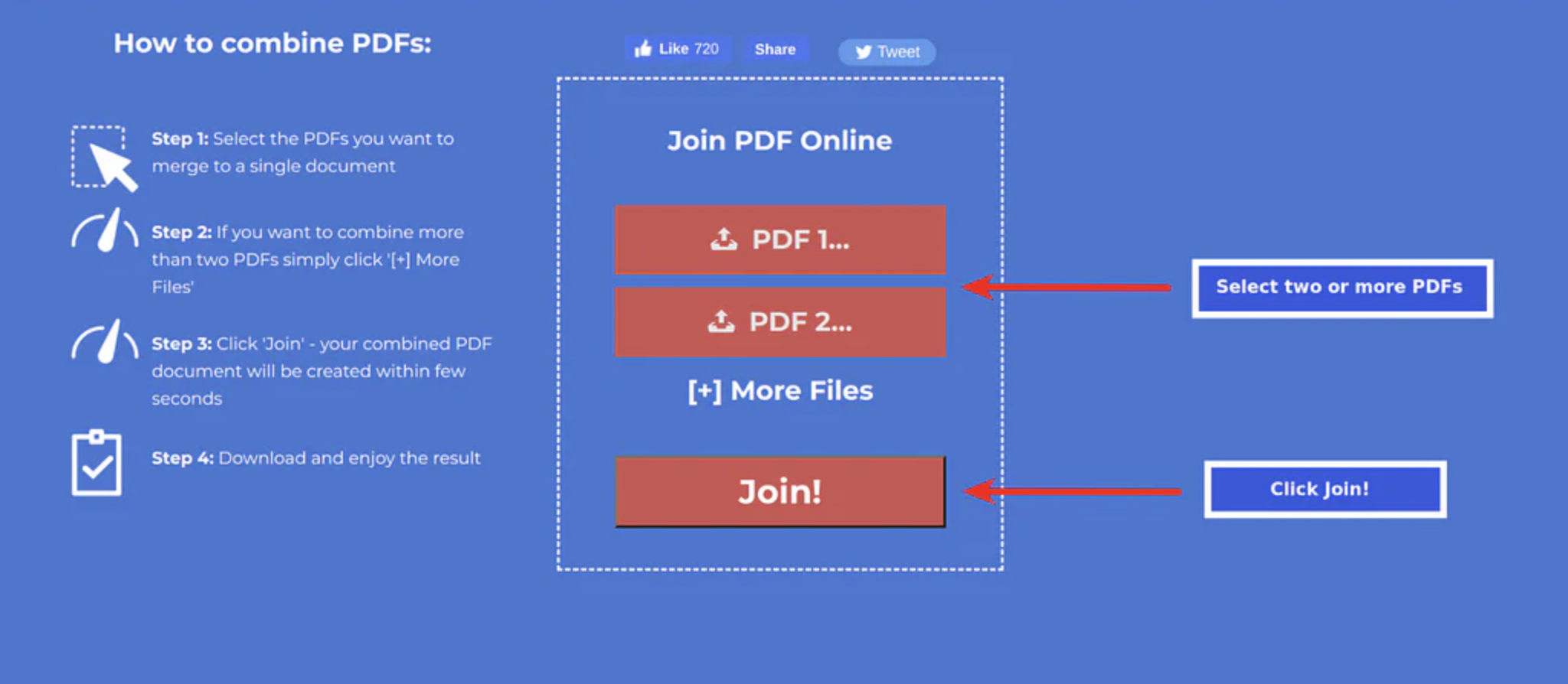In today’s competitive business landscape, it is important to be efficient in every aspect of operations. PDF compression, also known as file optimization, plays an essential role in streamlining business processes. Compressing PDF to Word can help to save time, money, and storage space while improving the overall user experience. The key to optimizing your PDF compression workflow is to find the right balance between file size and quality. In this blog post, we will provide some tips and best practices to help you maximize the efficiency of your PDF compression workflow. With the right strategies and tools in place, you can enhance the speed and quality of your PDF compression process. Read on to learn more about tips to improve the efficiency of your PDF compression workflow.
- Invest in a premium PDF compression tool
Investing in a premium PDF compression tool is a great way to improve your PDF compression workflow. A good compression tool should allow you to quickly compress multiple files at once, with the option to adjust the quality and size of the output. Additionally, the tool should have an intuitive user interface, making it easy to navigate and use.
- Utilize batch processing
One of the best ways to increase your efficiency when compressing PDFs is to utilize batch processing. This involves running a batch of PDFs through a compression tool, as opposed to manually compressing each file one by one. This is beneficial as it saves time, as you don’t have to manually compress each PDF, and can also produce better results, as a batch process can apply more advanced algorithms to the group of PDFs. Additionally, some batch processors have the added benefit of allowing you to compress PDFs in multiple versions, allowing you to choose the best file size and quality combination for your needs.
- Optimize file types
One of the most important tips for improving the efficiency of your PDF compression workflow is to optimize file types. Different file types compress differently, which can lead to varying levels of compression. For example, a PDF file that contains a lot of images will compress differently than a PDF file that contains mostly text. Optimizing your file types can help you achieve the desired compression level and reduce file size, which will help make your PDFs easier to send and store. To optimize your file types, look for the settings that allow you to select an optimal compression type for each file type.
- Pre-set compression profiles
One of the best ways to improve the efficiency of your PDF compression workflow is to use pre-set compression profiles. Compression profiles are a set of parameters that determine the compression level and output format of your PDF files. Pre-set profiles can help you quickly adjust the compression settings without having to manually adjust them each time. You can save time by simply selecting the pre-set profile that best fits the type of file you are compressing and start compressing. With pre-set profiles, you can be sure that your files will be optimally compressed for maximum file size reduction.
- Automate file management
One of the best ways to improve the efficiency of your PDF compression workflow is to automate file management. By automating the file management process, you can save time and energy in organizing, searching, and archiving your PDFs. Automation tools can help you easily sort, store, and access files without having to manually search through them. Automation can also help you reduce the time it takes for you to complete a project and make sure that all of your files are properly stored and organized.
To conclude, there are many strategies you can take when it comes to improving the efficiency of your PDF compression workflow. From using automated tools to employing manual optimisation techniques, there are a variety of approaches you can use to help reduce the time and effort it takes to compress and optimize your PDF documents. By taking the time to research the different methods available, you can ensure that you are using the best practices to maximize your workflow efficiency.
